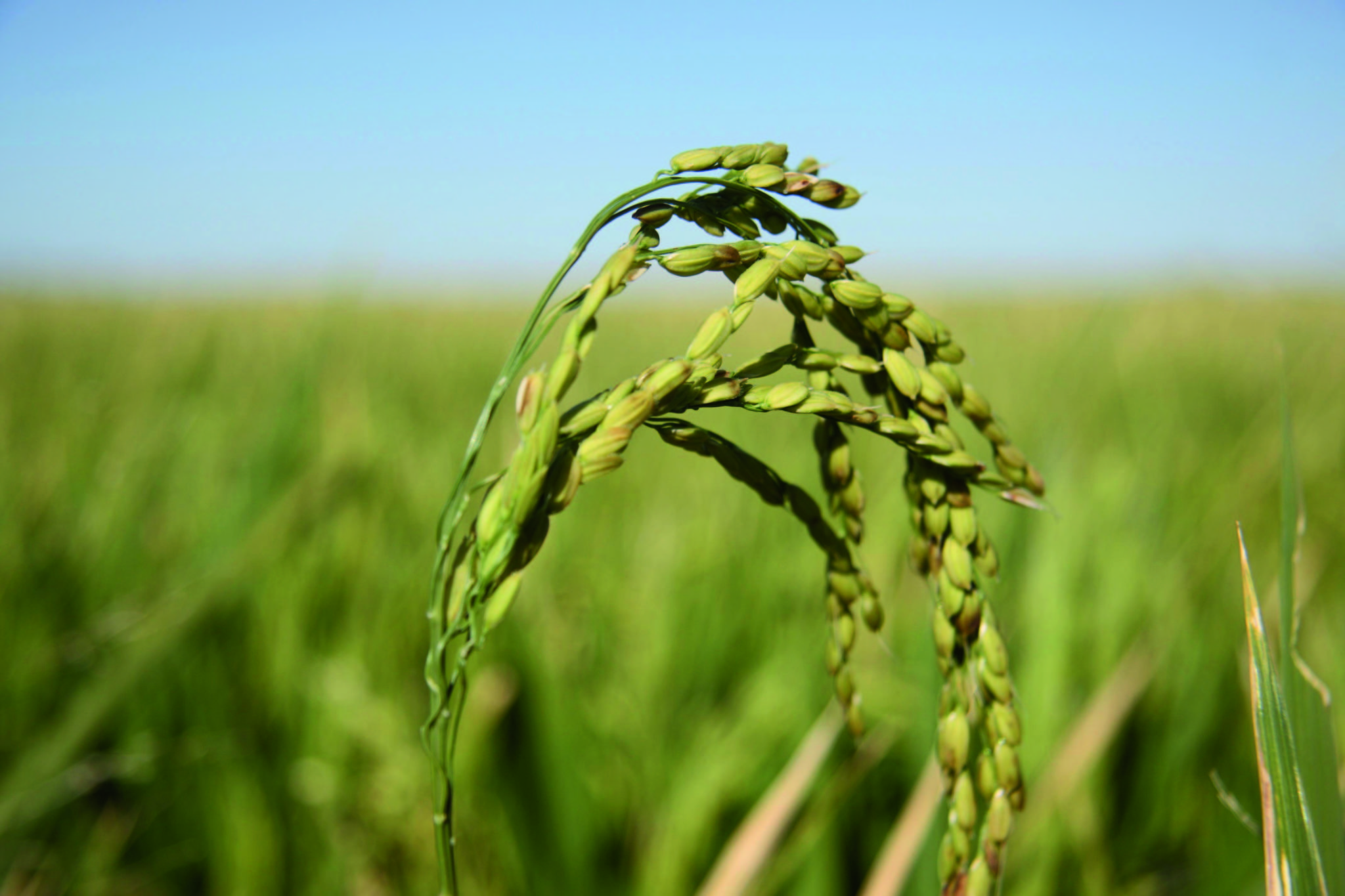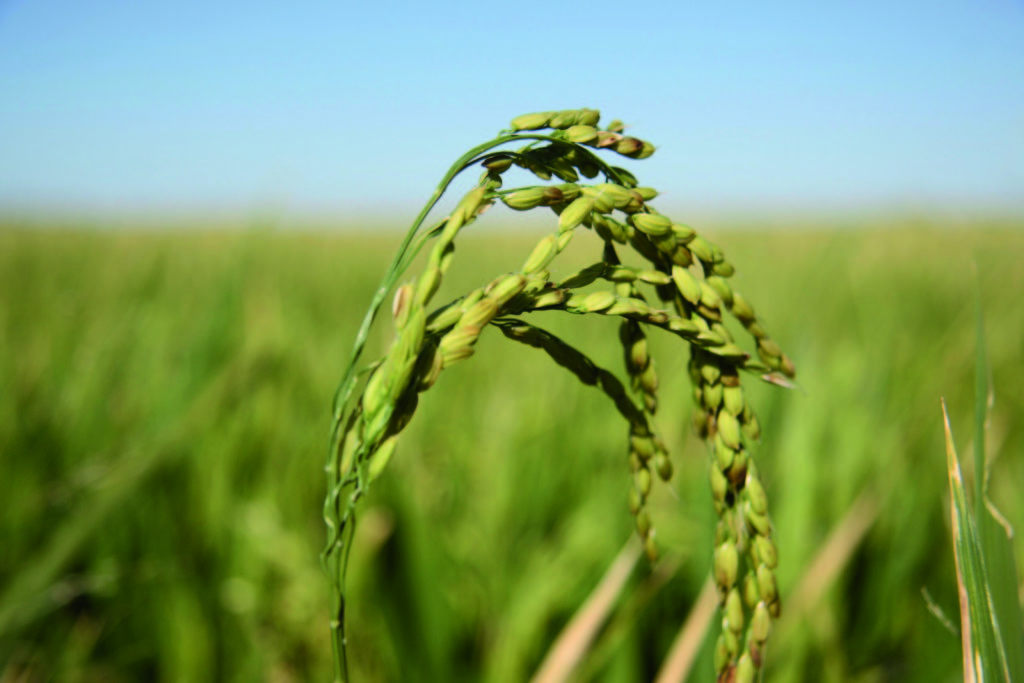Sustained drought and reduced water allocations led to one of Australia’s smallest annual rice harvests on record in 2020. Although conditions have improved and 2021 (C21) is shaping up well, for the rice industry to remain a competitive user of farm business resources and a sustainable alternative within farming systems, transformational change is required.
Seeking transformational change: It is not just about adding water
The AgriFutures Rice Program, with the support of the rice industry, are driving a new program of research, development and extension (RD&E) which aims to significantly increase the rice industry’s dollar return per megalitre ($/ML).
According to AgriFutures Australia General Manager, Research Mr John Smith “Australian grown rice uses 50% less water than the global average. This is predominately because of the industry’s foresight and commitment to research and development into high yielding rice varieties that use less water, and the adoption of world-best management practices.”
“However, blue sky thinking, and step change is required for the industry to remain a competitive user of farm business resources,” said Mr Smith.
Rice grower and Chair of AgriFutures Rice Program’s Advisory Panel Drew Braithwaite added the need for the Australian rice industry to maintain competitiveness is essential to ensure the continuity of supply and ultimately the long-term sustainability of the industry.
“With one the most highly regulated free market-based water systems in the world, coupled with a variable climate the demand on water resources in Australia irrigated agriculture is greater than ever.”
He added: “If we can further improve water efficiencies and work smarter, not harder, we can overcome some of the return on investment hurdles that growers face.”
“Greater consistency in terms of tonnages of rice will enable efficiencies, drive profits on farm and ultimately make rice an attractive alternative in Australian farming systems,” said Mr Braithwaite.
Learning from others to challenge perspectives
The initial scoping study, led by AgriFutures Rice Program and involving industry representatives, aims to provide the AgriFutures Rice Program Advisory Panel and industry with a review of opportunities to enable the industry to drive a 75% increase in water productivity fast-tracking the current industry objective by five years. The team will provide feedback and opportunities to the AgriFutures Rice Program Advisory Panel on areas for future investigation and/or investment.
The first stage of the scoping involved approximately 30 one-on-one interviews with Australian and international experts with experience across the farming system.
Mr Smith added “We’re working with stakeholders from the rice industry as well as experts from other sectors to get a broad perspective and to challenge the traditional thinking of the rice industry.”
“These interviews have particularly focussed on options to ensure yield gains through new varieties and better management are as good as they can be, while maintaining our premium quality target.”
“The next stage involves investigating options for new technology in the farming system and gathering perspective from growers,” added Mr Smith.










